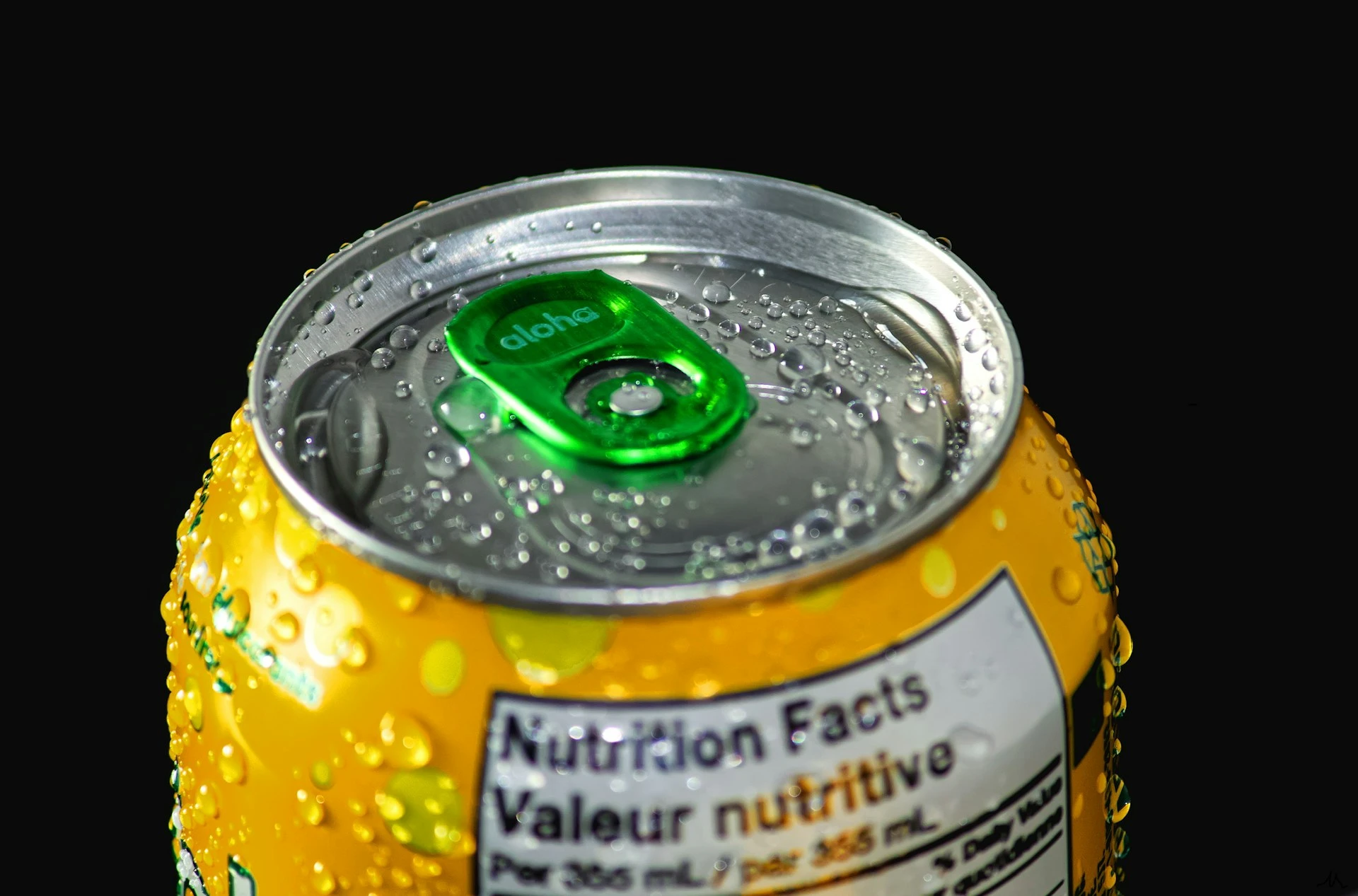Table of Contents
Walking through the grocery store can feel overwhelming when you have diabetes. With so many “healthy,” “low-fat,” or “sugar-free” claims on packaging, it’s hard to know what’s really good for you—and what’s just clever marketing.
The truth is, food labels can be a powerful tool if you know how to read them. They help you make informed choices, avoid hidden sugars, and balance your meals to keep blood sugar steady.
This guide will walk you through exactly what to look for (and what to avoid) when reading nutrition labels—so you can shop with more confidence and control.
Start With the Nutrition Facts Panel
Every packaged food item is required to list basic nutritional information. This panel shows you what’s inside and how it may impact your glucose levels.
Here’s how to break it down.
1. Serving Size
This is the first thing you should check. All the nutrition info is based on this amount.
If the serving size is ½ cup, but you plan to eat 1 cup, you’ll need to double all the numbers—carbs, calories, sodium, etc.
Tip: Be aware that some packages contain multiple servings—even if they look like a single portion.
2. Total Carbohydrates
This is the most important number for people managing diabetes. Carbs have the biggest impact on blood sugar.
Under “Total Carbohydrates,” you’ll see:
- Dietary fiber (good!)
- Total sugars
- Added sugars
You don’t need to avoid all carbs, but you do need to choose the right ones and keep an eye on portions.
3. Dietary Fiber
Fiber slows down how quickly your body digests carbs, which helps prevent blood sugar spikes.
Look for foods with at least:
- 3g of fiber per serving = good
- 5g or more = excellent
High-fiber foods include legumes, vegetables, whole grains, and seeds.
Tip: Subtract the fiber grams from total carbs to calculate net carbs, especially for blood sugar tracking.
4. Total Sugars and Added Sugars
Total sugars includes both natural sugars (like those in fruit or milk) and added sugars.
Added sugars are the ones you really want to limit.
Look for foods with 0 to 5g of added sugar whenever possible.
Names for added sugars include:
- Corn syrup
- Cane juice
- Dextrose
- Maltodextrin
- Brown rice syrup
- Agave
Just because something says “no refined sugar” doesn’t mean it’s low in sugar. Always read the label.
5. Protein
Protein helps stabilize blood sugar, reduce hunger, and support muscle health.
Aim for at least:
- 7–15g of protein per meal
- 3–5g per snack
Protein-rich foods include eggs, poultry, fish, tofu, beans, yogurt, and nuts.
When paired with carbs, protein slows digestion and creates a more gradual blood sugar response.
6. Fats
Not all fats are bad. In fact, healthy fats like those from nuts, seeds, avocado, and olive oil can improve insulin sensitivity.
Limit:
- Saturated fat (under 10% of total calories)
- Trans fat (avoid completely—look for “0g” and no “partially hydrogenated oils”)
Choose unsaturated fats for heart and blood sugar support.
7. Sodium
Excess salt can raise blood pressure, which is already a risk for people with diabetes.
Look for items with:
- Less than 140mg = low sodium
- 140–400mg = moderate
- Over 400mg = high
Canned goods, frozen meals, sauces, and soups are often hidden sources of sodium.
Tip: Rinse canned beans or vegetables to remove extra salt.
Ingredients List: Your Secret Weapon
Ingredients are listed in order of quantity—what comes first is most prominent.
Scan the list for:
- Whole foods (e.g., whole oats, lentils, brown rice)
- Minimal added sugar or refined flour
- Fewer total ingredients (under 10 is usually better)
Watch out for “health halo” words like:
- Organic cane sugar (still sugar)
- Fruit juice concentrate (high in sugar)
- Natural flavor (vague and unregulated)
If sugar appears in the first three ingredients, it’s likely too much.
Claims on the Front: Don’t Be Fooled
Labels like “sugar-free,” “low fat,” “gluten-free,” or “natural” don’t guarantee the food is healthy—or diabetic-friendly.
Here’s what these terms really mean:
- Sugar-free: Less than 0.5g of sugar per serving (may still have carbs)
- No added sugar: No sugar added, but could contain natural sugars
- Low carb: Not regulated—check the label
- Whole grain: Must say “100% whole grain” to be meaningful
- Diabetic-friendly: A marketing term, not a medical one
Always turn the box around and read the full label. That’s where the truth is.
How to Compare Two Products
If you’re choosing between two similar foods, compare:
- Total carbs and fiber
- Added sugars
- Serving size
- Ingredients list
Go for the option with more fiber, less sugar, and more whole ingredients. Sometimes the “simpler” product is actually better.
Example:
- Yogurt A: 20g carbs, 2g fiber, 16g sugar
- Yogurt B: 12g carbs, 3g fiber, 4g sugar → better choice
Make Label Reading a Habit
At first, reading labels takes time. But with practice, it becomes second nature.
Soon you’ll be able to:
- Spot hidden sugars
- Know which brands to trust
- Build meals that stabilize your glucose
- Avoid carb overloads that sabotage your progress
You don’t need to memorize every number. Just look for patterns—and favor foods that support your energy, not spike it.
Every smart choice at the grocery store adds up to better glucose control and better health. One label at a time.
Scientific References
- American Diabetes Association. (2022). Nutrition Facts and Food Labeling for Diabetes
- Centers for Disease Control and Prevention. (2023). How to Read a Nutrition Label
- Harvard T.H. Chan School of Public Health. (n.d.). Reading Food Labels

Leave a Reply